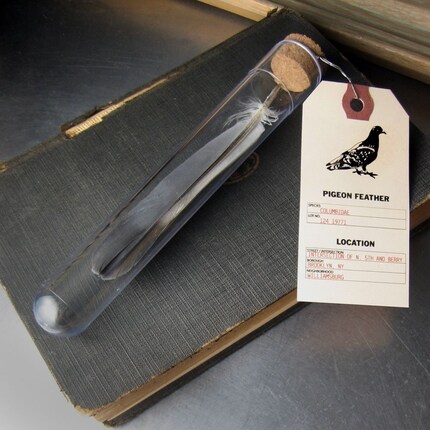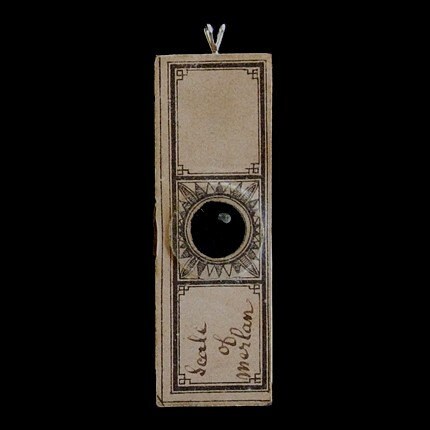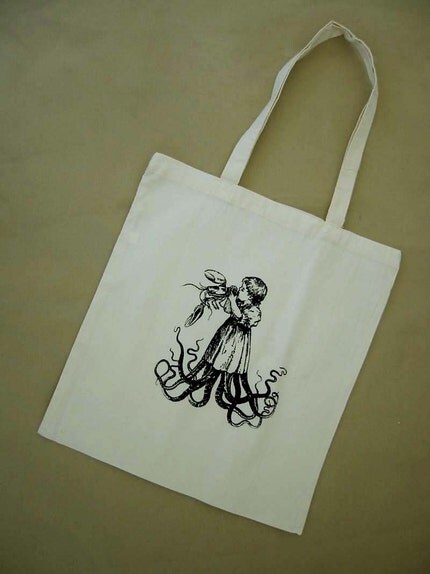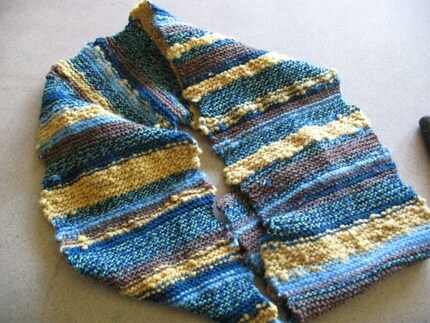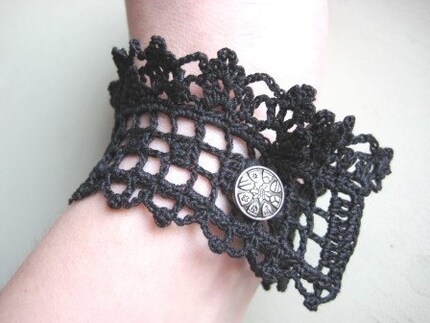The last in my series of Djembe repair posts involves the roping and tuning of the drum after having placed a new head. Again, my post really acts as a supplement to the instructions for roping and tuning found at
Hawk Dancing. I am happy with the results.
----------
ROPING (not the Gyptian type)
----------

I used a section of Dacron rope wrapped around three times and secured with a slipknot for my base "hoop". If you chose to do this, make sure you can fit two fingers comfortably between the ropes and the drum body. This will ensure there is enough room for stringing the verticals.

Next I strung the verticals using another long section of Dacron rope. You are dealing with a lot of rope during this process, make sure it doesn't knot into itself. I worked from the top hoop down and back up again all of the way around the drum. I found it very helpful to sting "anchor ropes" between the bottom and top hoops to keep the head even while I worked my way around with the verticals. These anchors were made using sections of the old rope then removed and tossed aside as I was ready to string new rope in each section.

While stringing the verticals, the head begins to pull down a little and you may get some gathers around the skin hoop. I simply pulled the skin to smooth these out as I saw them.

After stringing the veticles by hand the top of the drum looked like this.

Using a thick wooden dowel, I tightened each vertical section with as much force as I could muster. There are other rope pulling tools for drums available if you want to make this easier on yourself. Since this was a fairly small drum, hand pulling worked decently enough.
----------
TUNING
----------
I will try to explain the easiest way I have found to create tuning diamonds on a Djembe.

Start by drawing the end of your rope under two vertical ropes. Will we call them A and B. They look something like this.
Next, using one hand, pull A over B and draw the end of the rope up between them.

You can now pull the rope through to create one section of tuning. It looks like this once the rope is pulled taunt. If it doesn't look like this, try again. You will get into a rhythm of making these as you work around the drum.

When you reach the end, you will be confronted by the last vertical which consisted of a one rope A and a two rope B. Treat this just as you have when making tuning diamonds before. Draw the end of the rope under A and B. Pull A over B and then guide the end of the rope through.
Finish the rope down to the base hoop in the way that makes most sense to you, yet is still pliable enough to re-tune later if you need to.
-------------
FINISHING
-------------

I wanted to create a more substantial handle that my drum had before. In order to do this I used a size 15 crotchet needle and just worked a very simple single chain stitch.
It's basically done by making a loop under the head of the needle as a starting point then repeating this: wrap a new loop under the head, lift the old loop over the head.

After a while, it looks like this. It makes a sturdy strap for carrying the drum.

When all of the roping and tuning if finished, pull the goat skin down over the head and wrap with a bandage overnight. Leave it somewhere where it won't be disturbed.

The next morning, remove the bandage. Your drum head will look something like this.

Simply trim off the excess skin from the head and you are left with a rather handsome drum. From what I understand, once you have completely re-headed your drum you will need to play it for about a week and add a tuning diamond or two if needed.
 The meals at the event were hearty thanks to the hardworking cooks of the Shire of Owlsherst. While I don't have pictures of the feast, I did have the chance to enjoy it and ended up having rather friendly company during the meal.
The meals at the event were hearty thanks to the hardworking cooks of the Shire of Owlsherst. While I don't have pictures of the feast, I did have the chance to enjoy it and ended up having rather friendly company during the meal. Though still early for a lot a blooming plants, these little ones were popping up all over the woods. They created little pops of color throughout the site. I didn't want to pluck one, but I did consider transplating a few to my own backyard. I eventually settled for just a picture.
Though still early for a lot a blooming plants, these little ones were popping up all over the woods. They created little pops of color throughout the site. I didn't want to pluck one, but I did consider transplating a few to my own backyard. I eventually settled for just a picture.










































